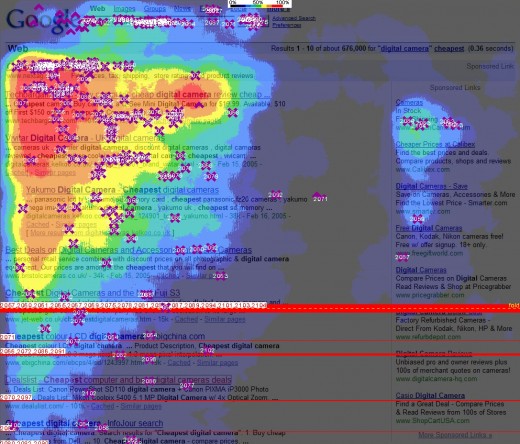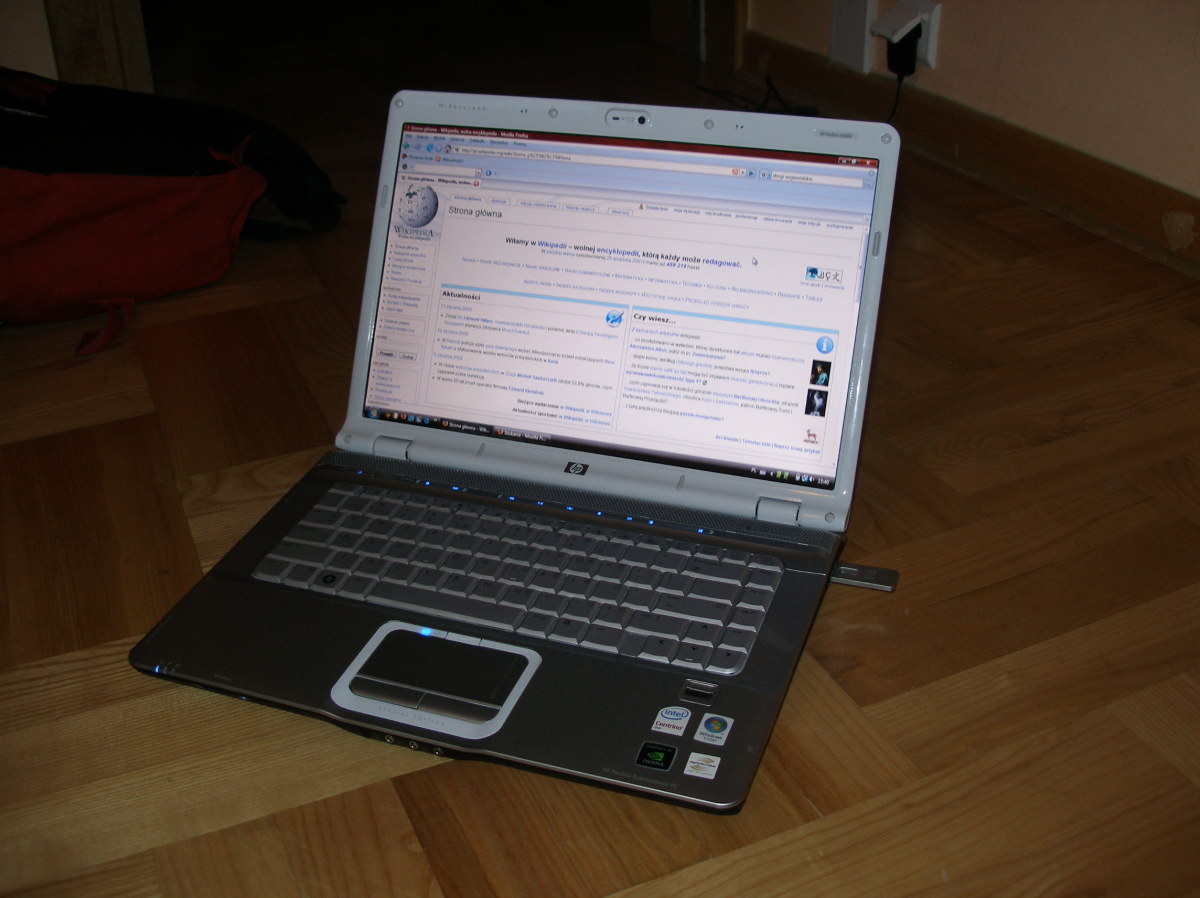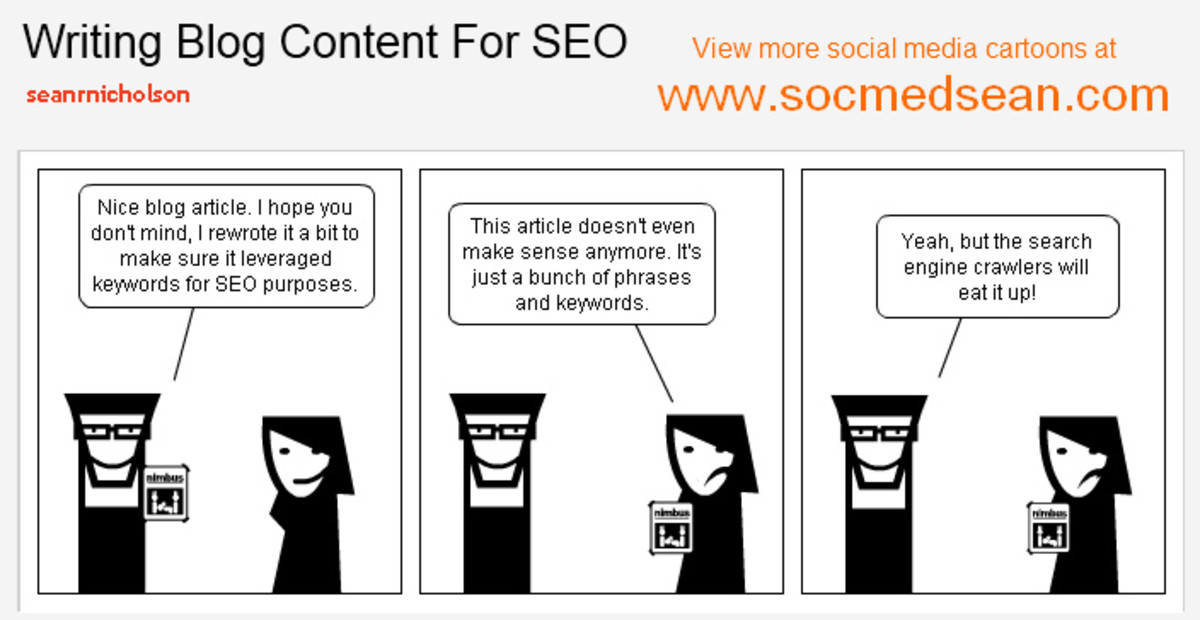Scrolling and Eyetracking Data Results Get More Traffic to your Articles
Fact:
Internet users spend over 80 percent of their time reading above the 'page fold' on the PC. Only 20 percent of the readers actually scroll down to the bottom of the article.
This information was discovered by Jakob Nielsen who has been named the Guru of the Web Page. The page fold is the part of the screen that you can see without touching the keys. In other words the part that does not need to be scrolled down.
This is how Web users first began to read the internet. Over the years it has changed slightly, but according to statistics readers have now adapted to partial scrolling and have incorporated scanning. In other words, we the User will use our eyes to scan the page, scroll down to the centre of the article, and skim over the rest of the words.
Many people are in a hurry to get to the information that they require. They want the information and they want it now.
Keywords, scrolling and Eyetracking are the way to keep your reader on your page. By understanding how the Web User works, we can incorporate these ideas into each and every article.
Inverted Pyramid Writing and Scanning
Web users have become very proficient at keyword scanning. Instead of reading the whole article, they look for keywords that jump out of the page. That is why the writing should stay compact. Keep to the point and make sure each article will allow the reader to see exactly what they are looking for by scanning the page.
The inverted Pyramid webpage is an idea first introduced by Journalists. To get the readers attention, they give the conclusion of the story. For example: The outcome of the Trial proved the defendant guilty'.
This is followed by the supported information, and then finished with the details filling in the background to the story.This helps the reader to get the information that they desire, and if they are still interested they can then scroll down the page to get the added information.
Eyetracking How Users Look At The Article Page
Studies have shown that Users tend to follow the same pattern when looking at the article page. As you can see in the diagram below, red is the most read area, yellow and orange are visually scanned slightly less, and the blue is rarely read. The grey area is completely ignored.

The F Shaped Pattern Readers Apply.
In the above Eye tracking study, you can see how Users tend to look at certain areas of the screen. This is called the F shaped Pattern. Thousands of webpages, and over 200 Users were studied to see how they looked, scanned and read the article. The results were astounding. Nearly every single reader used the same eye movement pattern.
- Using the horizontal eye movement - Users read the first two or three lines at the top of the article.
- The second Eyetracking movement - Was once again across the horizontal area, but tailed off slightly towards the end of the sentence.
- The third movement - Involved the Users scanning down the left side of the article. This sometimes seemed to show a solid strip in a vertical line. Other times the vertical line was thicker and occasionally it tailed of very quickly.
Implications of the Eyetracking Study
- Users will never read the whole article however interesting it seems to be. As I mentioned above, most people need the information fast, and really don't want or need the extra words or paragraphs.
- Your first two paragraphs are the most important part of the article. This is where your main information should be. With tags, keywords and most importantly the main information, preferably with the Conclusion in the first paragraph.
- Start paragraphs, sub headers and all numbered and bullet points with information. And always highlight in bold all keywords and important points.
By incorporating all of these points, you should satisfy the reader by giving them all the information in a short precise way. This will ensure that the reader will be back for more.
copyright nell rose
Links:
- eBook Publishing Easy Step by Step Guide Just Plain ...
eBook Publishing a step by step guide easy and quick instructions without all the confusing garble. Add text to photos, Word doc, and how to get rid of any troublesome links or text.







